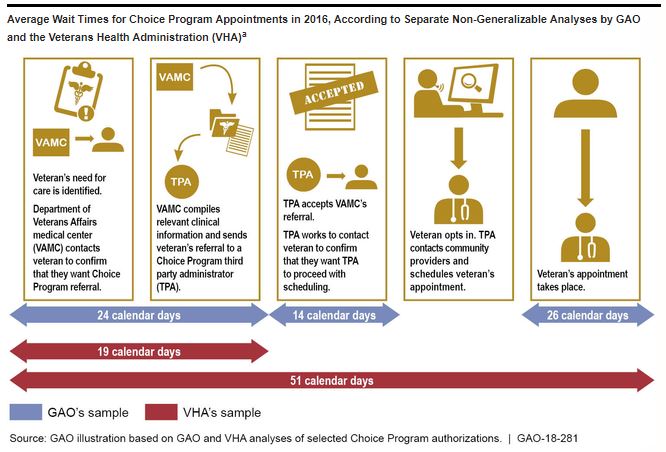

President Donald Trump signed the VA MISSION Act into law, but Senate appropriators say the Veterans Affairs Department will still face funding shortfalls witho...
President Donald Trump signed the highly-anticipated VA MISSION Act into law Wednesday afternoon, signaling the end of one community care program at the Veterans Affairs Department (VA) and the beginning of another.
“There’s never been anything like this in the history of the VA,” Trump said from the White House lawn during Wednesday’s signing ceremony.
The Maintaining Internal Systems and Strengthening Integrated Outside Networks (MISSION) Act builds off previous law, the Veterans Access, Choice and Accountability (Choice) Act, which Congress passed in 2014. Lawmakers have wanted to make significant changes to the Choice Program practically since the early days of its passage four years ago.
The new legislation overwhelmingly passed in the House and Senate last month, though a few lawmakers on both sides of the aisle expressed concerns with the costs of the new community care program.
As senators this week finalize the details of VA appropriations for 2019, they’re already pointing to potential funding shortfalls for the MISSION Act.
The new law gives VA an additional $5.2 billion to continue Choice through May 2019 while the department implements the new, consolidated community care program. But the MISSION Act doesn’t authorize additional resources to pay for the new program past May 2019 and into 2020.
Congress did authorize higher spending caps for domestic agencies in 2018 and 2019 with the Bipartisan Budget Act, but it didn’t assume taking on these mandatory costs for VA health care. Congress will have to find another funding mechanism to fully pay for the program for the remainder of fiscal 2019, which could total up to $1.5 billion, according to Senate Democrats. The new community care program may cost as much as $8.7 billion in fiscal 2020.
Senate Republicans have also acknowledged the MISSION Act’s funding shortfall.
For now, congressional leaders behind the bill’s passage are in celebratory mode.
“Today, we’re delivering again on those promises by moving toward a veteran-centric health care system that marries the best of VA with the best of the private sector, so veterans can finally have timely access to the quality care they have earned,” House Veterans Affairs Committee Chairman Phil Roe (R-Tenn.) said in a statement. Roe also thanked Senate VA Committee leadership Johnny Isakson (R-Ga.) and Jon Tester (D-Mont.) for their collaboration on the new law.
Veterans service organizations (VSOs), who had worked together with House and Senate VA committee leadership for more than a year on the new legislation, also praised the signing of the new law. VSOs in particular have championed an expansion of the VA Caregiver Program, which will now extend benefits to veterans of all eras. The program only previously applied to post-9/11 veterans.
In addition, the MISSION ACT:
The signing of the MISSION Act came just a few days after the Government Accountability Office offered its own recommendations for VA and its future community care program.
The Veterans Choice Program, which Congress created in reaction to reports of long wait times at VA facilities across the country, let veterans visit a doctor in the private sector if they waited more than 30 days for care or lived more than 40 miles away from a VA hospital.
But GAO said it’s unclear if the program actually improved veterans’ wait times for care, because VA lacks complete and accurate data on the subject.
By GAO’s count, veterans could have been waiting up to 70 days for treatment, if VA and its third party administrators took the maximum amount of time the department allowed to complete the appointment scheduling process.
GAO’s timeline for VA Choice care also differed from VA’s assessment.

GAO made 10 recommendations for the department as it begins to implement new programs under the MISSION Act. Setting an achievable wait time goal for the community care program and redesigning the appointment scheduling process were among GAO’s recommendations.
Copyright © 2024 Federal News Network. All rights reserved. This website is not intended for users located within the European Economic Area.
Nicole Ogrysko is a reporter for Federal News Network focusing on the federal workforce and federal pay and benefits.
Follow @nogryskoWFED

